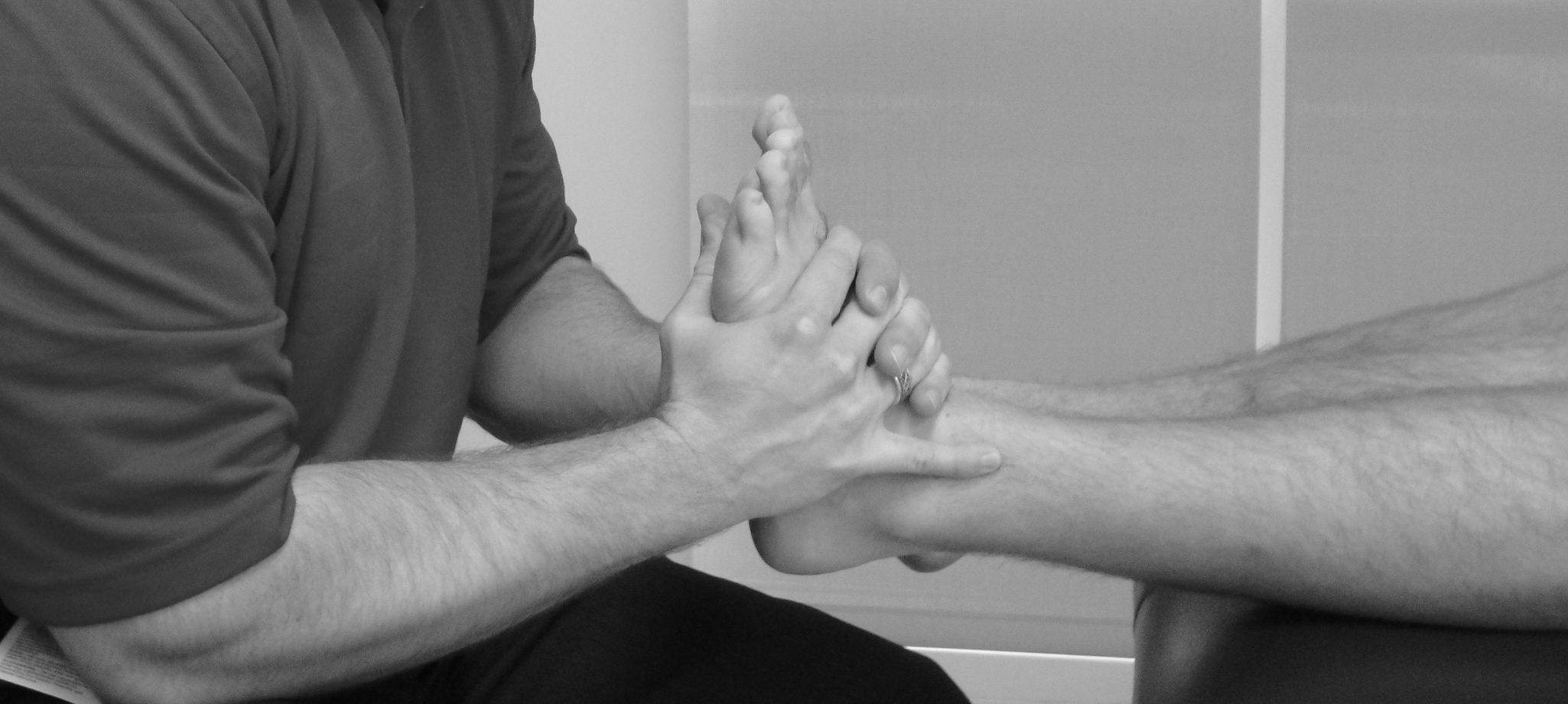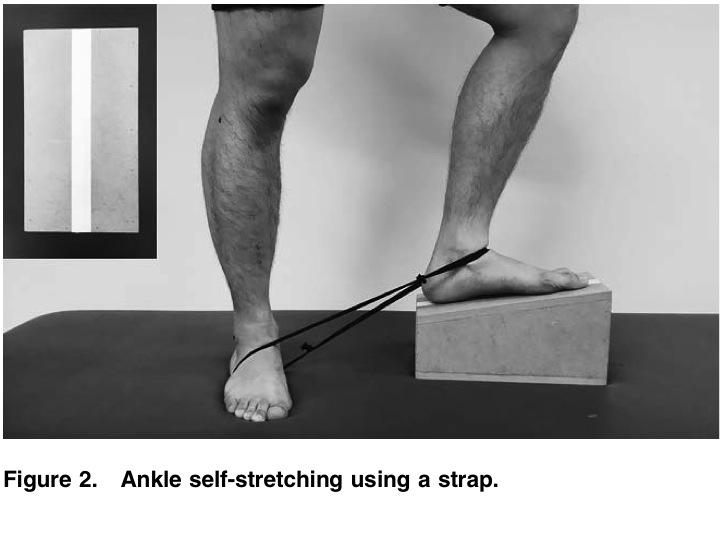Ankle mobility is essential for both daily walking tasks as well as higher level athletics and sports participation. In our Physical Therapy practice in Boulder we see a loss of dorsiflexion, bending, among athletes with lower extremity injuries and conditions. A lack of ankle bend, dorsiflexion, has been associated with many conditions including heel pain, plantar fasciitis, ankle sprains, stress fractures, achilles tendonitis, and ACL injuries. An example of the impact of ankle mobility on performance can be found with a squat test. Try to squat as deeply as you can keeping your heels on the ground, then repeat the squat with your heels lifted on a weight plate. If the latter is easier you may not have the 10-20 degrees of bend required during many athletic tasks, stair climbing, or walking.
One of the most effective ways of restoring ankle dorsiflexion in our physical therapy practice involves the use of manual therapy. These interventions allow a Physical Therapist to passive mobilize the areas of restriction decreasing your sensations of tightness and improving your ability to move through a more full range of motion. Often the squat test is dramatically improved after mobilizing the joints of the foot and ankle to improve ankle bending.
In our experience, ankle mobility is more quickly restored when these manual therapy techniques are followed by home exercises designed to move through the newly acquired range of motion. A recent study examined the impact of two exercises designed to restore ankle bending in individuals who lacked the normal amount of motion in their ankle. Jeon et al. randomized 32 individuals to either a static stretching group or a group performing a similar stretch using a band (J Athletic Training. 2015). Individuals underwent the stretching protocol (15 reps x 20 second holds) 5 days a week x 3 weeks under the supervision of a Physical Therapist.
The authors reported both groups improved their ankle range of motion after 3 weeks, but greater improvements were noted in the group utilizing the strap. The strap may help localize the movement to the area of joint restriction making the exercise more specific to the individual. To learn more about the examination and treatment of your ankle mobility contact your local Physical Therapist.


